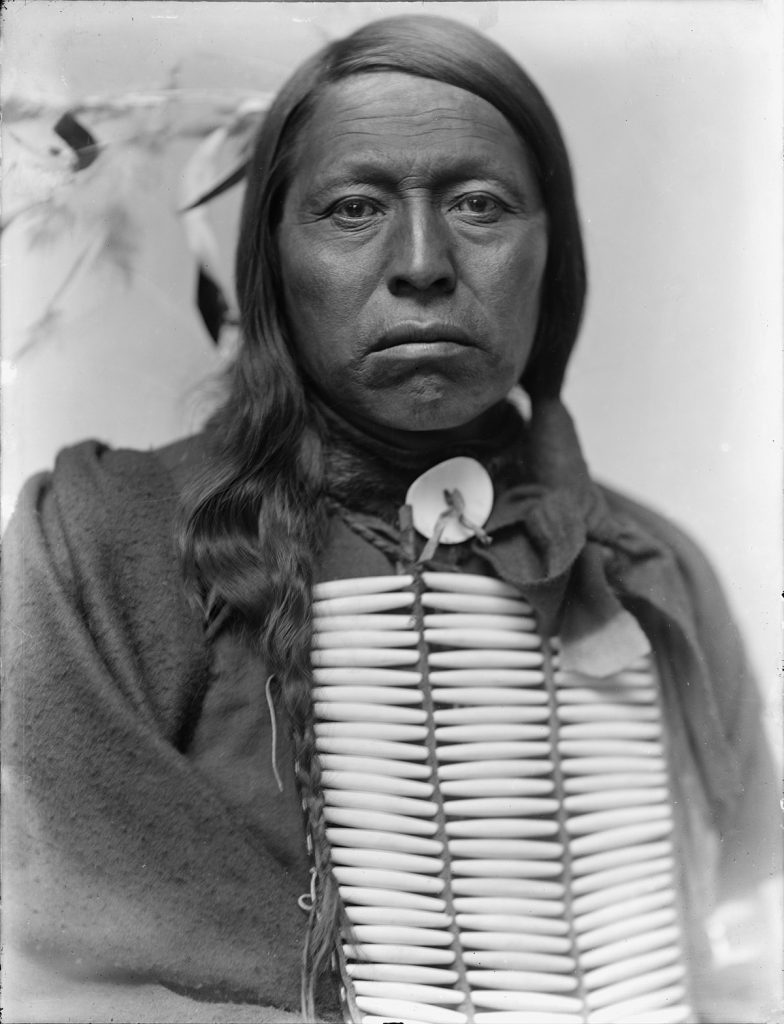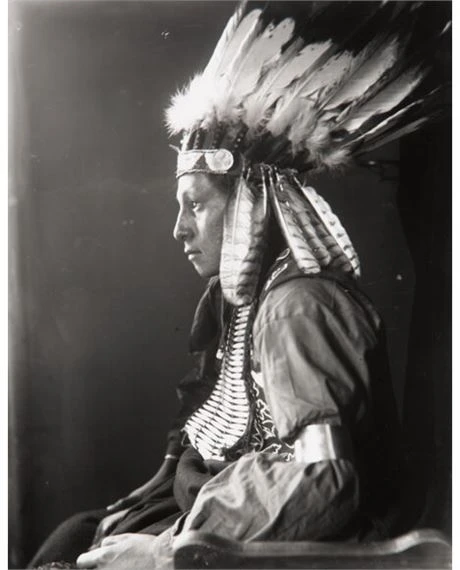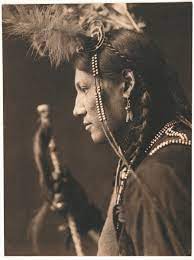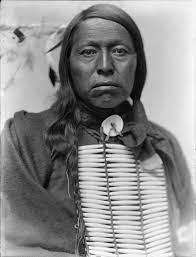Gertrude Käsebier’s Intimate Portraits: Capturing the Spirit of Sioux Native Americans
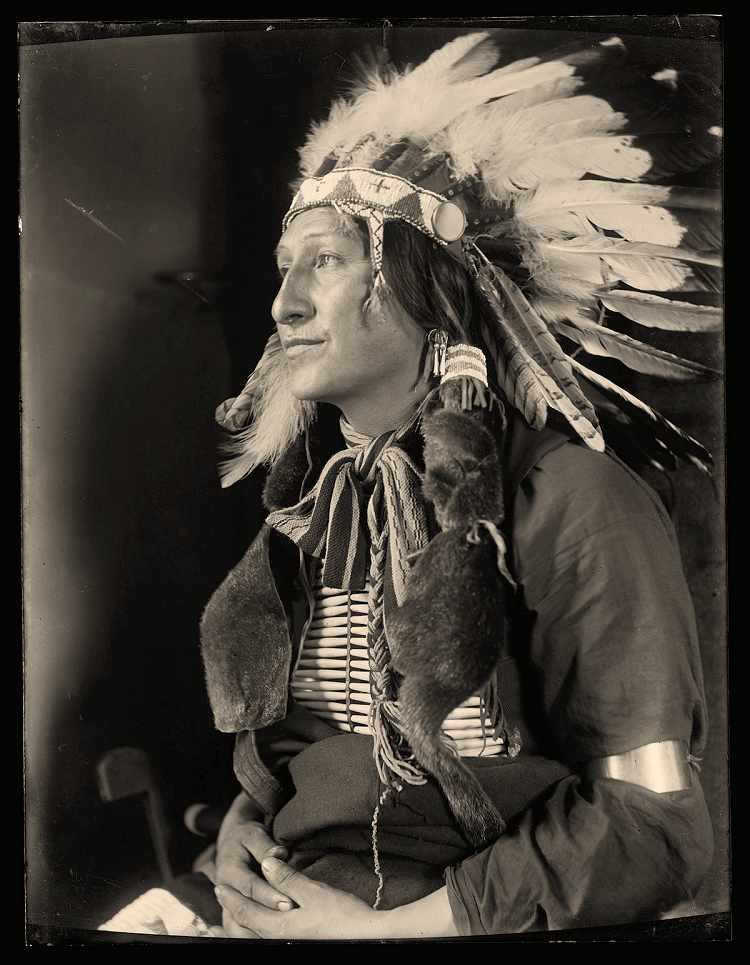
This marked the beginning of Käsebier’s extraordinary journey as she delved into capturing the essence of the Sioux Native Americans. Over the course of several weeks, she photographed the Indian men, women, and children, both in formal portraits and candid moments. What started as a simple request soon transformed into a deep and enduring connection, resulting in a series of prints that would become some of her most compelling and celebrated works.
One such portrait is the captivating image of Iron White Man, a Sioux Native American, circa 1900. In the photograph, Iron White Man proudly wears two strings of beads, a circular ring on his head, a tailored shirt, and a vest. Through Käsebier’s lens, his stoic profile is captured, embodying both strength and dignity.
Käsebier’s photographs not only showcase the beauty and cultural richness of the Sioux people but also reflect her deep respect and admiration for their heritage. These portraits serve as a bridge between past and present, preserving a glimpse into the lives and traditions of Native Americans during a time of great change and transition.
With her unique perspective and artistic sensibility, Gertrude Käsebier’s portraits stand as a testament to her mastery as a photographer and her commitment to capturing the human spirit. Her work continues to inspire and resonate, inviting viewers to connect with the legacy and resilience of the Sioux Native American community.
Hits: 5
